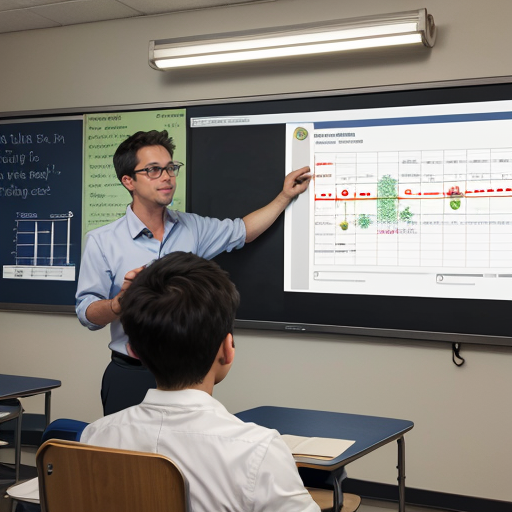The Role of Financial Education in Empowering Future Generations
In an era of economic volatility, rising inflation, and complex financial products like cryptocurrencies and NFTs, the ability to make informed money decisions has never been more critical. Yet, studies reveal that 63% of Americans live paycheck to paycheck (CNBC, 2023), and only 34% of adults globally understand basic financial concepts (Standard & Poor’s Global Financial Literacy Survey). This gap in knowledge isn’t just a personal crisis—it’s a generational challenge. Financial education is no longer a luxury; it’s a necessity for empowering future generations to build stability, avoid debt traps, and create lasting wealth. Let’s explore how equipping young people with financial literacy can transform lives and economies.

1. The Growing Need for Financial Literacy in a Complex World
The financial landscape has evolved faster than traditional education systems can keep up. Millennials and Gen Z face unprecedented challenges: crippling student debt (the U.S. alone has $1.7 trillion in outstanding student loans), gig economy instability, and investment options that range from stocks to speculative digital assets. Without a foundation in budgeting, investing, or debt management, many resort to trial and error—a risky approach with lifelong consequences.
A 2023 National Financial Educators Council (NFEC) study found that individuals who received formal financial education were 32% more likely to save consistently and 41% less likely to rely on high-interest loans. For example, high school students in Texas who completed a mandatory personal finance course had 22% higher credit scores by age 25 compared to peers without such training. These numbers underscore a simple truth: financial literacy isn’t just about money—it’s about freedom.
2. Bridging the Gap: Integrating Finance into Education Systems
While schools teach algebra and history, most fail to address practical skills like managing credit or retirement planning. The OECD recommends at least 10 hours of dedicated financial education per year for students aged 15–18, yet only 23% of U.S. states require a standalone personal finance course for graduation (Council for Economic Education, 2023).
Countries like Australia and Singapore offer blueprints for success. Australia’s MoneySmart program, integrated into K–12 curricula, has improved students’ understanding of compound interest and risk diversification by 35% since 2018. Similarly, the UK mandated financial education in 2014, leading to a 20% drop in payday loan usage among young adults.
Parents and communities also play a role. Families who discuss money openly raise children who are 40% more likely to budget effectively (University of Cambridge). Community initiatives, such as credit union-sponsored youth savings programs, further reinforce these habits.
3. Technology as a Force Multiplier for Financial Empowerment
Digital tools democratize access to financial education. Apps like Mint and You Need a Budget (YNAB) turn budgeting into a habit, while platforms like Coursera offer free courses on topics from stock trading to retirement planning. Gamification is particularly effective: Singapore’s Beansprout app teaches kids to manage virtual currencies, and 73% of users report improved real-world saving habits.
Artificial intelligence is also reshaping learning. Chatbots like Cleo provide personalized advice, and robo-advisors like Betterment simplify investing with low fees. Meanwhile, social media influencers and podcasts (e.g., The Ramsey Show) make finance relatable to Gen Z. However, technology alone isn’t enough—critical thinking is essential to navigate misinformation, such as “get rich quick” crypto schemes.

4. The Long-Term Impact: Building a Legacy of Financial Resilience
Financially literate generations don’t just benefit individually—they uplift entire communities. Studies show that increased financial knowledge correlates with:
- Higher entrepreneurship rates (e.g., Denmark’s 18% rise in small business creation post-financial education reform).
- Reduced wealth inequality: Closing the racial wealth gap could add $1.5 trillion to the U.S. GDP by 2028 (McKinsey).
- Environmental sustainability: Those who understand ESG (Environmental, Social, Governance) investing are 2x as likely to support green initiatives (Morgan Stanley).
Moreover, financially secure individuals are better equipped to handle crises. During the COVID-19 pandemic, households with emergency savings were 60% less likely to face eviction or food insecurity (Federal Reserve).
Conclusion
Financial education is the cornerstone of a prosperous society. By embedding it in schools, leveraging technology, and fostering open dialogues at home, we equip future generations to turn challenges into opportunities. The result? A world where young people don’t just survive—they thrive, innovate, and lift others along the way. As author Anthony Hsieh aptly said, “Money is a tool. Education is the instruction manual.” Let’s ensure every child receives it.
(Writer:Hoock)






